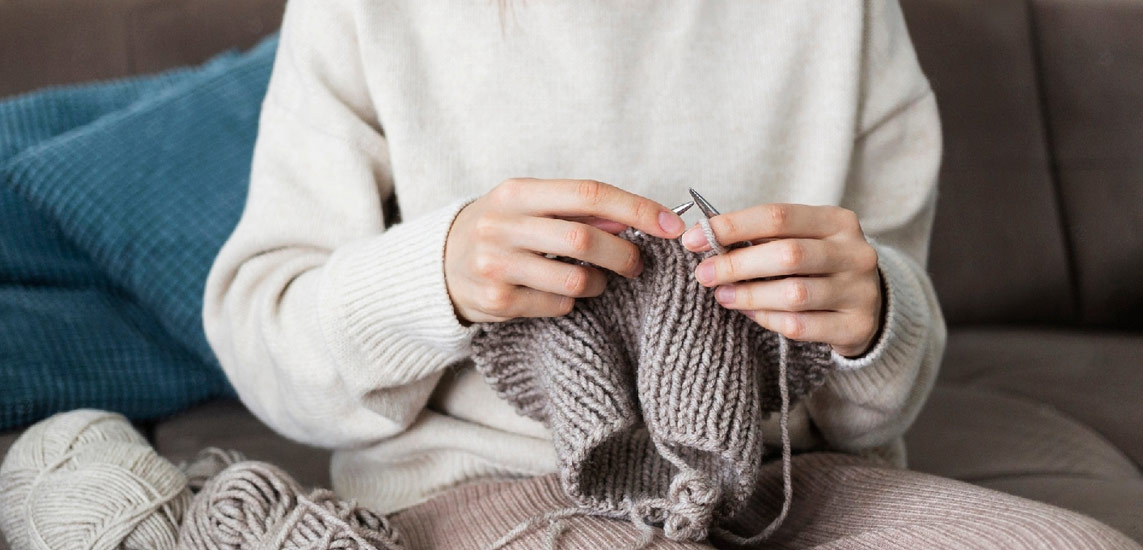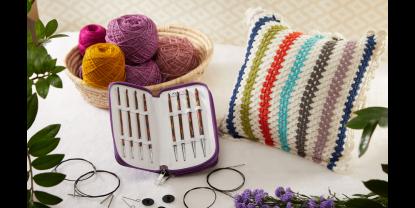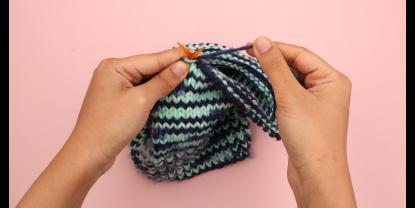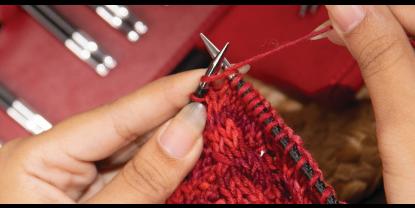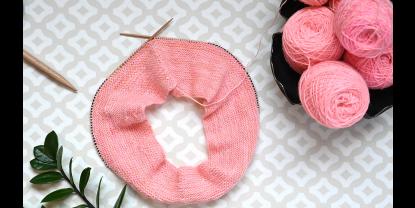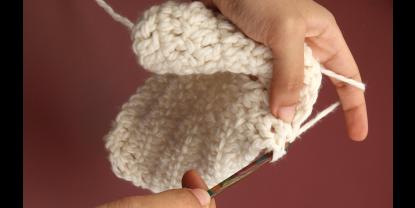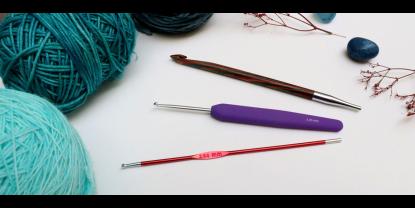Have you ever thought about how your cultural background might influence the way you use knitting needles? Just like how small events can impact our lives, cultural traditions can shape even the most mundane aspects of our daily routines - including our knitting techniques. Your knitting may reveal more about your background and heritage than you realize.
If you've read "The God of Small Things" by Arundhati Roy, you might be familiar with the idea that small details can profoundly impact our lives. Similarly, the way you knit may seem like a small detail, but it can affect everything from the speed at which you work to the comfort of your hands and wrists.
Although the English style of knitting is widely used and known around the world, there are many other styles of knitting, including Continental, Arabian, and Peruvian. In this blog post, we'll explore the fascinating world of knitting styles and how they vary depending on cultural influences. We'll dive into the pros and cons of each style, and perhaps you'll even discover a new technique that suits your personal style and background.
The English knitting style
The English knitting style is commonly taught and used in Ireland and the USA, as well as in other English-speaking countries such as the UK, Canada, Australia, and New Zealand. This knitting style has prevailed in these countries for many years and is often the first style that beginners are taught when learning to knit. These countries have also been influential in the development and dissemination of knitting patterns and techniques on a global scale.
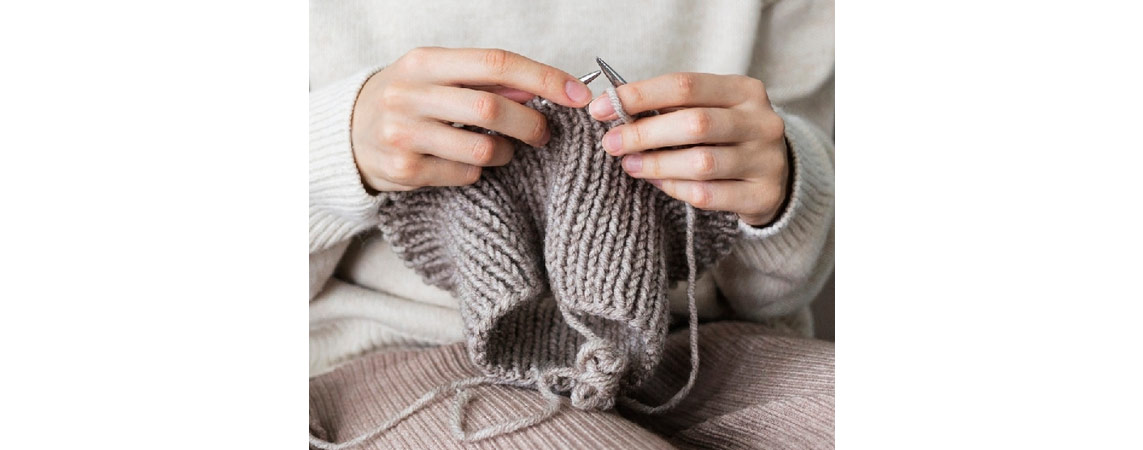
You typically throw the yarn over your knitting needles (the ones being used for making stitches) when working the English way. You hold the working yarn in your right hand while throwing the yarn over the right-hand needle to complete the stitch. The right-hand needle is used to manipulate the stitches, and the left-hand needle is primarily used to hold the stitches in place.
The English knitting style is easy to learn and is often the first technique that beginners are taught. Hence it is favoured by many who prefer a slower, more methodical knitting pace. In general, the English style offers greater control over the tension of the yarn and the size of the stitches. The throwing motion of the right hand can feel natural and rhythmic, making it a comfortable, secure knitting style.
On the other hand, the English style may be slower than other knitting styles, as you must continually move the working yarn from the back to the front of the needle for each stitch. And because you hold the working yarn in the right hand, this style is more prone to put a strain on your working hand and wrist, leading to discomfort or even injury.
The Continental knitting style
This method is also known as picking or German knitting. You hold the working yarn in your left hand while "picking" the yarn with the left-hand knitting needle to create each stitch. The right-hand needle is still used to manipulate the stitches, but the left-hand needle is generally more actively involved in the knitting process.
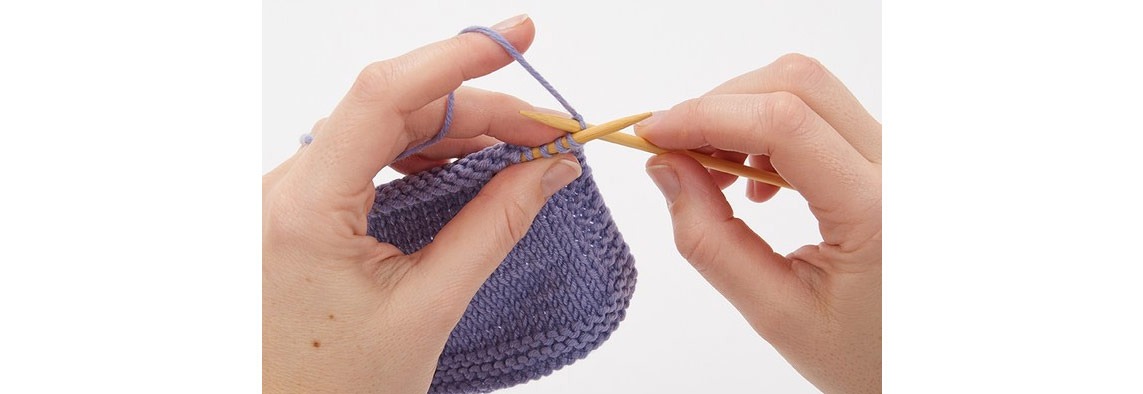
Many knitters find that the Continental style allows for faster knitting because the working yarn is already in the correct position to make each stitch, reducing the need to move the yarn back and forth between hands. It involves minimal movement of the hands and wrists and, therefore, can be more comfortable for some knitters reducing the risk of hand and wrist strain or injury.
One of the most significant advantages of the Continental style is that it allows for a broader range of stitch patterns than some other styles because the orientation of the stitches is different, ensuring more flexibility and creativity.
Many left-handed knitters find the Continental style more comfortable because it allows them to hold the working yarn in their dominant hand, which feels more natural and intuitive. Since Continental knitting involves minimal movement of the hands and wrists, it is an excellent option for left-handed knitters who want to avoid discomfort or injury from using a technique that doesn't suit their natural hand position.
Some knitters find though that they need more control over the tension of the yarn when using the Continental style, which can affect the size and appearance of the stitches. Also, the Continental style can be more challenging when working purl stitches, as the motion required can feel awkward or uncomfortable.
The best of both worlds seem to be united in the Arabic and the Peruvian knitting styles. They are a combination of the English and the Continental knitting methods. In both traditions, the working yarn is held in the left hand and "thrown" over the left-hand knitting needle. However, the orientation of the stitches is different from the English style, as they are mounted on the needle in the opposite direction.
Ultimately, it is down to your preference, which style you prefer. Some knitters find one style easier or more comfortable than the other, while others switch between the two depending on the project or mood. Learning both styles can be a rewarding and valuable experience; they can help you become a more well-rounded knitter tackling any knitting pattern with confidence.




